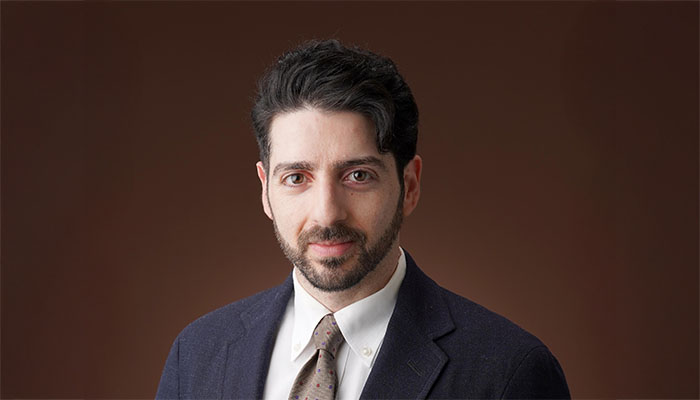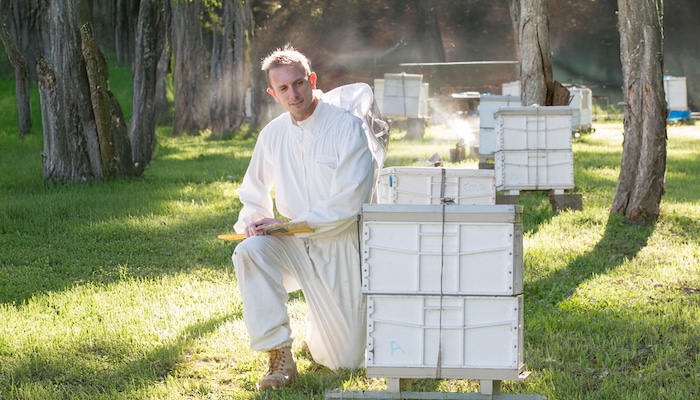But, given the changing climate, are the trees we plant now able to withstand conditions of the future?
Researchers from Macquarie University and Western Sydney University’s Which Plant Where Project have looked at whether the tree species that characterise our urban landscapes will be resilient to climate change projected for the next 50 years. Their study, published in Science of The Total Environment, demonstrates that many urban trees are unlikely to tolerate the increases in temperature and changes to rainfall forecasted for coming decades. With climatically suitable habitat for many species already changing, “we advise that local governments and the horticultural industry should be looking at new climate-ready species to green our future urban landscapes”, says Which Plant Where’s Project Manager, Leigh Staas.
The team developed bioclimatic models which, explains Associate Professor Linda Beaumont, “assesses the relationship between where individual tree species are currently planted and the climate experienced at those locations”. She adds, “These models, widely used for forecasting climate impacts on species, can then be used to identify locations most suited for a species now and into the future”.
Focusing on 82 temperate and subtropical urban areas across the country, models for 176 commonly planted, native tree species indicated that climate change will likely reduce the geographic range across which these species can be planted. As suitable climate contracts and shifts southward, a greater proportion of these trees may be lost from warmer, compared to cooler, urban areas. These results indicate that a substantial proportion of the most commonly planted urban trees face climate change risks where they are currently planted. However, as Research Fellow, Dr Hugh Burley points out, “new opportunities for plantings will also emerge for some species as suitable climate space appears in urban areas south of their current limits”.
While local governments have been pro-active in identifying the benefits of urban greening, such as climate mitigation, “there is currently little recognition that green assets will also be vulnerable to the temperature and rainfall changes that are going to occur”, states Research Fellow, Dr Alessandro Ossola. “The use of tools such as bioclimatic models can empower the horticultural industry and the local government agencies that select and maintain urban trees to identify species that are likely to succeed or fail in particular locations.” This, in turn, will reduce medium- to long-term risks associated with urban tree management and create a climate-ready palette of species fit for our cities of tomorrow.



